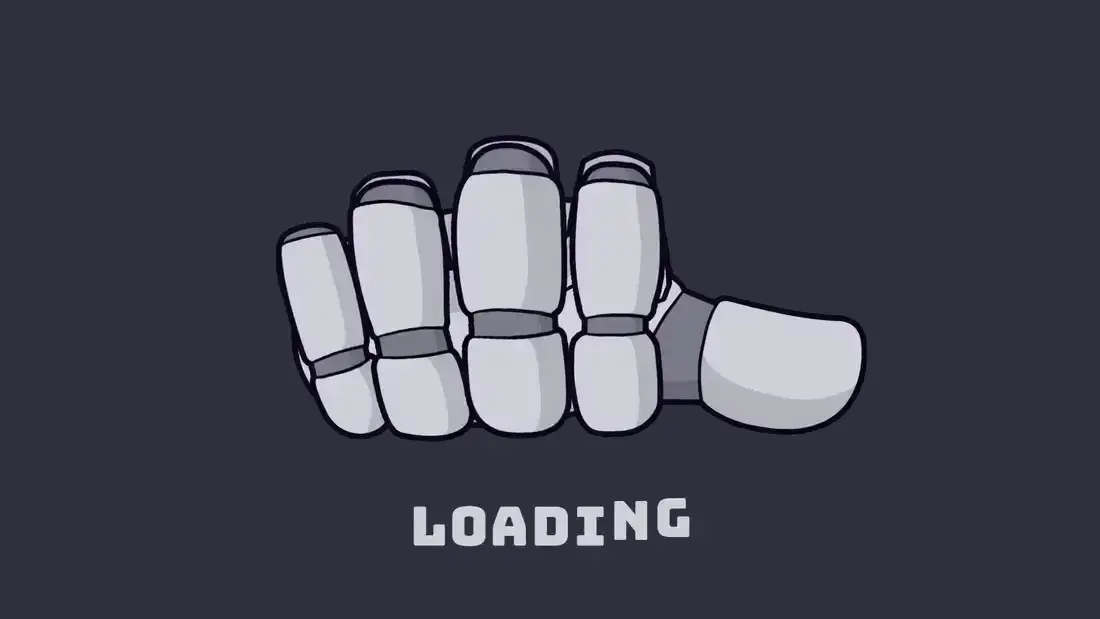▼ Most saved
Risuai
Free mode
100% free
Freemium
Free Trial
Other tools
-
 Stephanie Santiago🛠️ 2 tools 🙏 117 karmaJul 17, 2025@ImgCraftgood for wallpapers, pretty fast tho.
Stephanie Santiago🛠️ 2 tools 🙏 117 karmaJul 17, 2025@ImgCraftgood for wallpapers, pretty fast tho. -
omg yes!! finally i found a free tool to learn japanese. isn't the best one but i can work with it!!!!
-
 Transform traditional Japanese beauty into anime art.Open
Transform traditional Japanese beauty into anime art.Open - Spotlight: Uppercopy (Social media posts)
-
I like the creative encouragement I feel when using this app. It's awesome thank you
-
 Create vibrant artwork inspired by Kaiu Shirai's style.Open
Create vibrant artwork inspired by Kaiu Shirai's style.Open -
 Create vibrant anime art inspired by Rumiko TakahashiOpen
Create vibrant anime art inspired by Rumiko TakahashiOpen - Didn't find the AI you were looking for?
-
-
 Open
Open -
Artist Tips for Better Results with Somnira Canvas: To help Somnira Canvas render the most compelling and emotionally resonant figures—whether human or animal—users are encouraged to guide the tool with poetic, suggestive phrasing rather than highly technical descriptions. This helps maintain harmony with the platform’s expressive strengths. For human figures, try emotion-based posture phrases like “curled in sorrow,” “reaching toward a fading light,” or “kneeling in wind.” Favor mood-based modifiers over anatomical specifics, such as “a silhouette bathed in dusk” or “a quiet figure in motion blur.” For animals, use mythic or metaphorical phrasing like “a fox made of stars,” “a deer outlined in frost,” or “a lion woven from dusk and gold.” Avoid strict biological realism unless intentionally stylized (e.g., “cubist owl,” “ink-drawn heron”). Best practices include specifying camera perspective or body angle with terms like “3/4 view,” “top-down shot,” or “over-the-shoulder,” and adding atmospheric cues such as “drifting in chalk mist,” “outlined by candlelight,” or “carved in shadow.” You can also add emotion-based tags directly into the prompt—words like “longing,” “grief,” “stillness,” or “wonder” will guide the aesthetic and expressive qualities of the final artwork.
-
 Create stunning art in Sui Ishida's unique style.Open
Create stunning art in Sui Ishida's unique style.Open -
 Create AI-powered Japanese woodblock prints in Koitsu's style.Open
Create AI-powered Japanese woodblock prints in Koitsu's style.Open -
 Open
Open
Post






